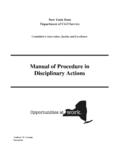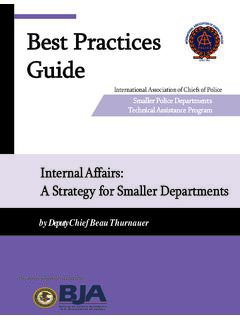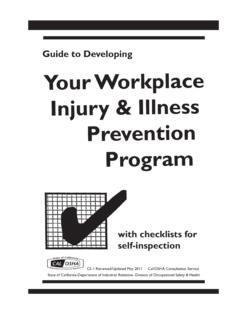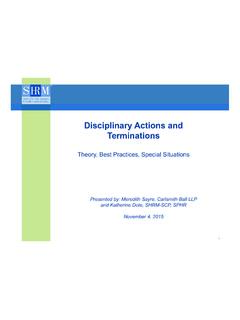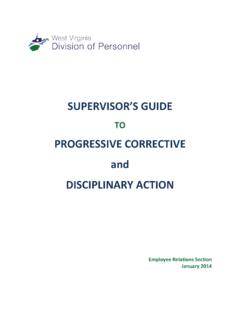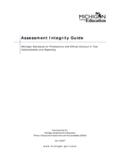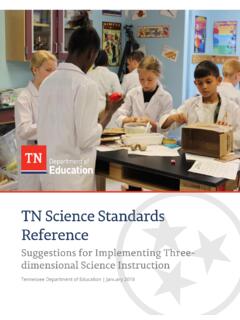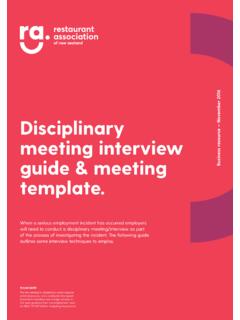Transcription of 3rd grade Forces and Interactions
1 Teacher Guide and Student Journal Sample Planning and Activity Pages 3rd grade forces and interactions Teacher Guide Sample Planning Sections & Activity #2 3rd grade forces and interactions 1 Forces and Interactions3 PNGA Third grade Unit supporting Next Generation Science Standards and the Michigan Science Standardsdeveloped and written by Battle Creek Area Mathematics and Science Center forCopyright 2016 by Battle Creek Area Mathematics and Science Center. All rights reserved. 2 Pre-activity Informational Pages Unit Introduction 3 Teacher Background Information 4 Curriculum Alignment Coding 9 Next Generation Science Standards 13 Guiding Questions 15 Common Core State Standards 17 Unit At A Glance 24 Parent Letter 29 Activities To Do At Home 30 Forces and InteractionsTABLE OF CONTENTS Activities 1 - Observations of Motion.
2 Toy Vehicle 312 - Observations of Motion 373 - Cotton Balls and Jumping Frogs 494 - Exploring Motion: Friction 575 - What Goes Up Must Come Down 796 - Newton s First Law, First Part 857 - Motion at a Distance 978 - Electric and Magnetic Forces 111 AppendixKey Terms 119A Model for Guided Reading 120 The Learning Cycle 122 Engineering Design Process 124 Science Talk 126 Field Trips and Classroom Visitors 128 Science Process Skills 129 Cooperative Learning 130 Inclusive Education 132 Encouraging Underreppresented Groups 136 TABLE OF CONTENTS3 PLANNINGF orces and InteractionsGRADE LEVEL.
3 Third GradeTHIS UNIT BUILDS KNOWLEDGE FROM KINDERGARTEN AND IS A PREREQUISITE FOR: Middle School: Forces and InteractionsABOUT THIS UNIT: This unit is intended to build on the experiences and understandings of Forces and Interactions from the Kindergarten Unit, Motion: Pushes and Pulls. Students made observations, internalized questions about those observations, and investigated through trial and error, allowing them to anticipate, interpret, and make sense of the motion of objects. This unit builds and refines those ideas into forms that enable more subtle inferences about objects and their behaviors over intervals of time and space.
4 They form a better sense of causation and recognition of patterns in the motion of objects. In this unit the activities are geared to build on the inherent knowledge and experience that third- grade students have already acquired and use their knowledge in a wider range of tasks. Students will be given the opportunity to examine, measure, reflect upon, describe, and discuss how Forces of various origins are used to produce and control motion. They may be asked to analyze what they are already taking for granted. Students will look at things from a different perspective and consider what they may have previously overlooked.
5 Forces and Interactions is designed for third- grade students, and as a result of these lessons, students will be able to: 1. Observe and measure the motion of objects to discover patterns in Recognize patterns in data to use to make predictions of future Manipulate materials to change the motion of an object with contact Forces based on patterns of motion. 4. Collect and communicate evidence that multiple Forces have strength and direction and act on objects (balanced and unbalanced Forces ). 5. Manipulate materials to change the motion of objects not in contact with one another using electric or magnetic Interactions .
6 6. Demonstrate, through solving an engineering problem, how magnetism can be used to change the motion of an object. UNIT INTRODUCTION4 PLANNINGNEXT GENERATION SCIENCE STANDARDSD isciplinary Core Ideas : Forces and Motion Each force acts on one particular object and has both strength and a direction. An object at rest typically has multiple Forces acting on it, but they add to give zero net force on the object. Forces that do not sum to zero can cause changes in the object s speed or direction of : Types of Interactions Objects in contact exert Forces on each ,2,3,4,63-PS2-1.
7 Plan and conduct an investigation to provide evidence of the effects of balanced and unbalanced Forces on the motion of an object. 1,2,3,4, : Forces and Motion The patterns of an object s motion in various situations can be observed and measured; when the past motion exhibits a regular pattern, future motion can be predicted from it. 1,2,3,4,5,6,3-PS2-2. Make observations and/or measurements of an object s motion to provide evidence that a pattern can be used to predict future motion. 1,2,3,4,5, : Types of Interactions Electric and magnetic Forces between a pair of objects do not require that the objects be in contact.
8 The sizes of the Forces in each situation depend on the properties of the objects and their distances apart and, for Forces between two magnets, on their orientation relative to each other. 7,83-PS2-3. Ask questions to determine cause-and-effect relationships of electric or magnetic Interactions between two objects not in contact with each other. 7,83-PS2-4. Define a simple design problem that can be solved by applying scientific ideas about magnets. 7,8 Science and Engineering PracticesAsking Questions and Defining Problems Ask questions that can be investigated based on patterns such as cause-and-effect relationships.
9 2,3,4,7,83-PS2-3. Ask questions to determine cause-and-effect relationships of electric or magnetic Interactions between two objects not in contact with each other. 7,8 Define a simple problem that can be solved through the development of a new or improved object or ,7,83-PS2-4. Define a simple design problem that can be solved by applying scientific ideas about ,85 PLANNINGNEXT GENERATION SCIENCE STANDARDSP lanning and Carrying Out Investigations Plan and conduct an investigation collaboratively to produce data to serve as the basis for evidence, using fair tests in which variables are controlled and the number of trials considered.
10 1,2,3,4,7,83-PS2-1. Plan and conduct an investigation to provide evidence of the effects of balanced and unbalanced Forces on the motion of an ,2,3,4,5 Make observations and/or measurements to produce data to serve as the basis for evidence for an explanation of a phenomenon or test a design solution. 1,2,3,4,7,83-PS2-2. Make observations and/or measurements of an object s motion to provide evidence that a pattern can be used to predict future ,2,3,4,5,6 Crosscutting Concepts Patterns Patterns of change can be used to make predictions.
